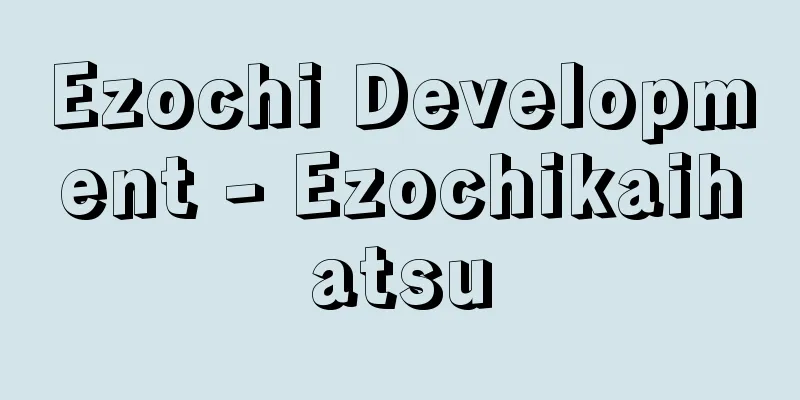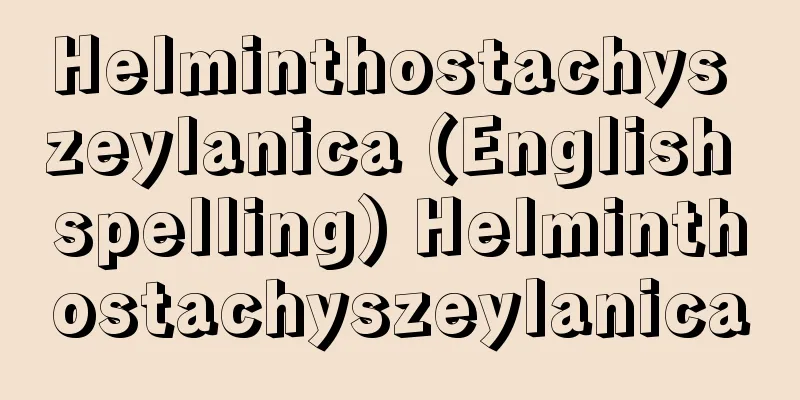Yukimura Yubai - Sesson Yubai

|
Year of death: Sadawa 2/Shohei 1.12.2 (1347.1.14) Year of birth: 1290 A Rinzai sect monk active from the end of the Kamakura period to the Northern and Southern Courts period. A native of Shiratori, Echigo (Niigata Prefecture). He succeeded the Chinese monk Issan Ichinei. He excelled in poetry and verses, and from an early stage he joined the Kongo-dōka school that flourished during the Yuan Dynasty. Together with Ryuzan Tokken, he played a major role in the birth of Japanese Zen literature (Gozan literature). He also studied Zhao Zi'ang's calligraphy well, and his handwritten "Plum Blossom Poem" is in the collection of the Northern Culture Museum. As a child, he became a servant of Issan in Kamakura and was given the name "Yumei." In Tokuji 2 (1307) at the age of 18, he traveled to Yuan (China) and made pilgrimages to all the sites of his ancestors in various places, actively interacting not only with Zen monks but also with the scholar-officials of the temples. He also devoted himself to poetry, and while he was in Yuan he wrote the collection of poems and prose "Min'e-shu." He stayed in Yuan for a long period of 23 years. During this time, he was suspected of being a spy and was about to be executed, but he escaped by reciting Mugai Sogen's "Rinken-Song." After the general amnesty, he was recognized and became the abbot of Cuiwei Temple in Chang'an, and was given the special title of Hokaku Shinku Zenji by the Yuan court. He returned to Japan in May 1329. The following year, he succeeded his teacher as the abbot of Jion Temple in Suwa (Nagano Prefecture). In 1343, at the invitation of the court, Ashikaga Takauji, Tadayoshi, and others, he entered Manju Temple, one of the five temples in Kyoto, and then in 1345, he became the 30th abbot of Kennin Temple. Around this time, he also became friends with Tokan Shiren, which led to Shiren selecting the Genko Shakusho. He collapsed during a memorial service in November 1326, and passed away the following month. It is said that he always lectured on the Engaku Sutra. <Works> "The Sayings of Zen Master Hokaku Shinku" <References> "The Gyodo-ki of Great Priest Sesson" (Kiyozumi Ishii) Source: Asahi Japanese Historical Biography: Asahi Shimbun Publications Inc. About Asahi Japanese Historical Biography |
|
没年:貞和2/正平1.12.2(1347.1.14) 生年:正応3(1290) 鎌倉末期から南北朝期にかけて活躍した臨済宗の僧。越後(新潟県)白鳥の人。中国僧一山一寧の法を嗣ぐ。詩偈に秀で,元朝において栄えた金剛幢下という流派に早くから参じ,竜山徳見と共に日本禅林文学(五山文学)の発生に大きく関与した。また趙子昂の筆法もよくし,直筆の「梅花詩」が北方文化博物館に所蔵されている。幼少のときに鎌倉にて一山の侍童となり,「友梅」の名を付与された。徳治2(1307)年,18歳で元(中国)に渡り,諸方の祖跡をことごとく巡拝,禅僧だけではなく,廟堂の士大夫などとも活発に交流した。また,詩作にもはげみ,在元中に詩文集『岷峨集』を著している。在元期間は23年の長期にわたる。その間,間諜の嫌疑を受けて斬罪に処せられようとするが,無学祖元の「臨剣頌」を唱えて難を免れたという。大赦ののちには,認められて長安の翠微寺の住持となり,元の朝廷より宝覚真空禅師の号を特賜された。元徳1(1329)年5月に帰国。翌年,師の一山を嗣いで諏訪(長野県)慈雲寺の住持となる。康永2(1343)年には,朝廷および足利尊氏,直義らの招きに応じて京都五山の万寿寺に入院,次いで貞和1(1345)年建仁寺の第30世となる。このころ,虎関師錬とも交友を持ち,師錬の『元亨釈書』選述の機縁を作った。貞和3年11月法要中に倒れ,翌月示寂。説法には常に『円覚経』を講じたという。<著作>『宝覚真空禅師語録』<参考文献>『雪村大和尚行道記』 (石井清純) 出典 朝日日本歴史人物事典:(株)朝日新聞出版朝日日本歴史人物事典について 情報 |
Recommend
Jarry - Jarry (English spelling) Alfred Jarry
French playwright and poet. Heavily influenced by...
Beckett
Irish-born French author and playwright. Born to a...
Fairy Tale Club
…He studied at Kwansei Gakuin University, and sub...
Inside and Outside
…His poetry is characterized by religious and oth...
Beau Brummel
...Dressing tables, which combine a mirror and a ...
Comptoniphyllum
...This is thought to be related to the climate c...
NADP - National Academic Degree Program
A coenzyme for oxidoreductase. Nicotinamide adeni...
Podiceps ruficollis (English spelling) Podiceps ruficollis
...Five species are found in Japan, three of whic...
Jabal al-Nabī Shu'ayb (mountain)
Located in the Bani Matar district of Sana'a p...
Genus: Cucurbitaceae
...var. kirilowii is distributed from the Korean ...
Heat transfer
A general term for the process of spatial energy t...
Disguised unemployment
...In reality, this is low-level employment that ...
Yucca recurvifolia (English spelling) Yucca recurvifolia
… [Takabayashi Masatoshi]. … *Some of the termino...
《Eel Valley》 - Unagidani
...Sewamono (domestic drama). Also called "T...
Tainenji Temple
This is a Soto Zen temple in Nagato City, Yamaguch...

![Chino [city] - Chino](/upload/images/67cc2efa717f1.webp)







